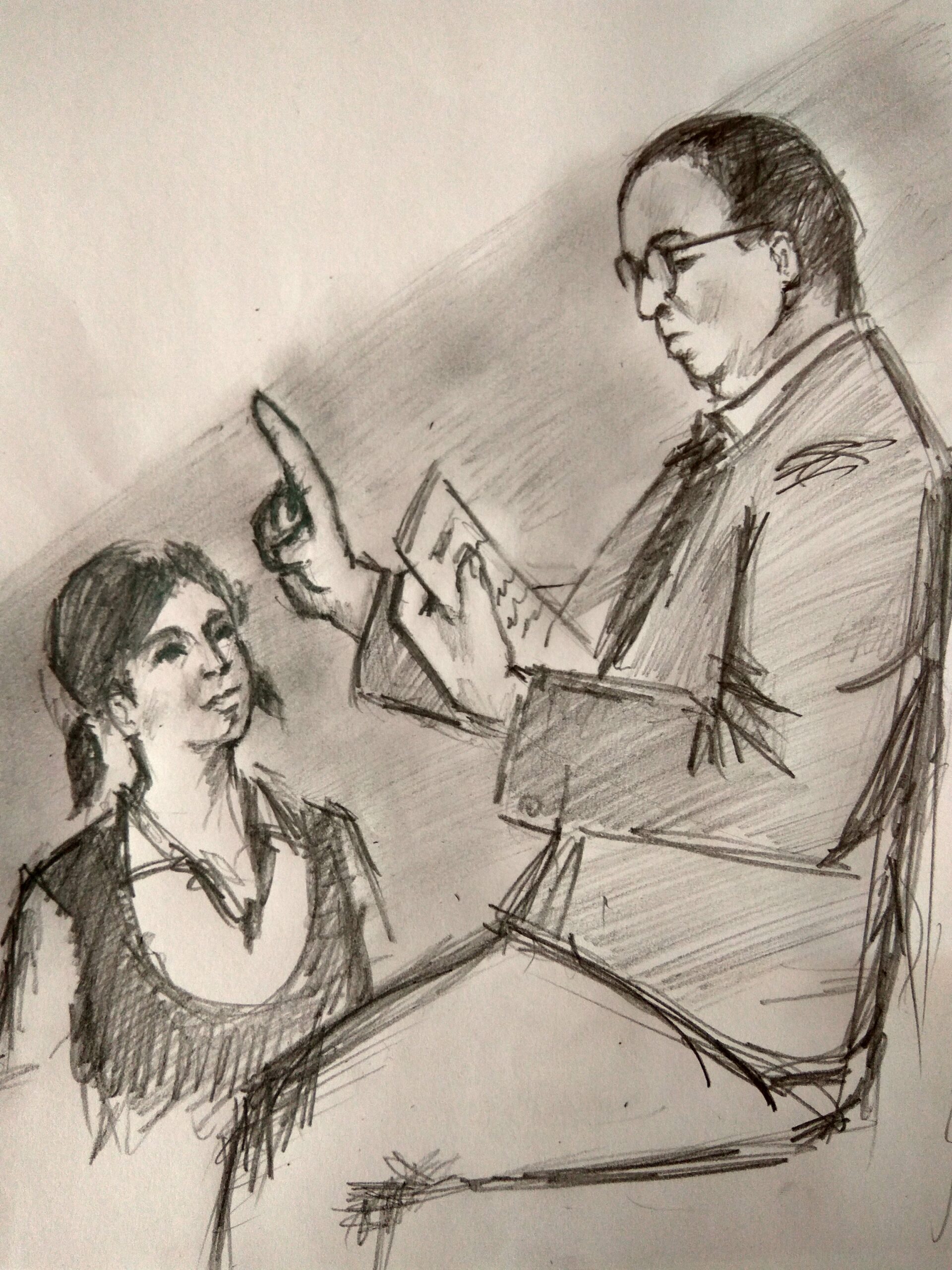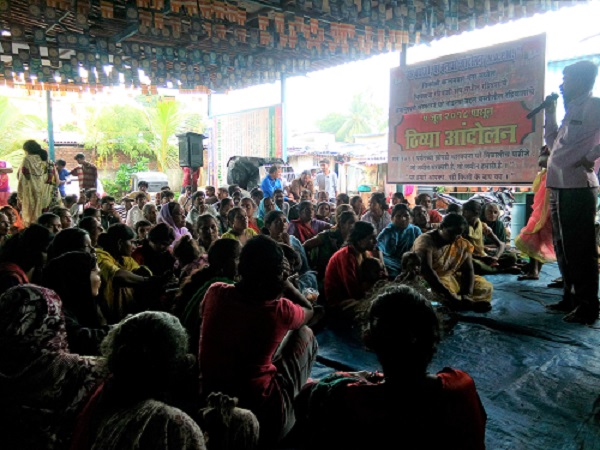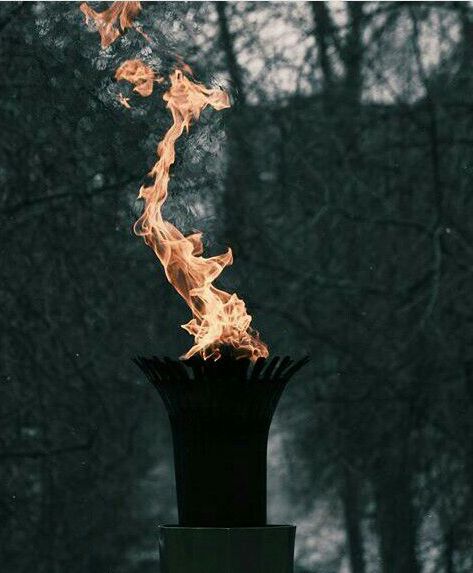Pradnya Mangala
 They cannot make history who forget history. ~ Dr. Ambedkar.
They cannot make history who forget history. ~ Dr. Ambedkar.
History plays a very important role in a person’s life. To know our roots, we need to know our history, know where we belong, to make sense of our existence. The identities that we carry by virtue of being born in a particular family, state and country. I was born in a Dalit family; since childhood I learned about the hardships that my ancestors suffered and how Babasaheb was our savior who brought us into the ‘Human’ fold. This is the kind of history that I learned at home from my parents and grandparents.
In school, history as a subject always fascinated me. The stories of Peshwas, Shivaji and the freedom struggle always gripped my attention. Today when I ponder upon what I really learned in school, I wonder if that was history? And if yes, what kind of history was that – one sided, exclusionary? What I learned at home had no reference in the books that were part of the school syllabus.
The books glorified the Peshwa rule and their warriors but never did they teach about the tyrannical brahminical rule that the Dalits were subjected to by them. In this case, I can really connect well to Omprakash Valmiki: in his autobiographical bookJoothan he writes about how Ambedkar was kept far away from school, his writings, books were never part of the library. Thus this brings me to the conclusion of how we were deprived of our history. Dalits were never part of the ‘Idea of Nation’, and that is the reason our history was never considered important enough to learn about.
So in the process of understanding Dalit history, and this time equipped with my own critical and analytical thinking, I decided to visit Bhima Koregaon. To pay homage to our heroic forefathers who fought courageously against the oppressive Peshwai regime and brought freedom for the untouchables from the brahmanic rule.
In my journey towards Bhima Koregaon I came across many people who clearly understood the importance of visiting the place and paying their tribute to the warrior clan they belong to. It was amazing to see cars, buses having blue and Buddhist flags firmly held atop their roofs. People willingly took the day off on the first day of the year to travel and begin the new year with an inspiration which would help them to fight the discrimination that they face in their day to day lives.
The place was filled with such great enthusiasm and energy, songs being sung by artists coming from far off villages describing their leaders, battles and victories. The songs were as raw as they can be with no polished music or voices but what truly made it phenomenal was that it spoke about the oppressed voices which have no space in the mainstream.
The mass gathering that I saw was overwhelming. For people who barely manage their daily needs, the travel expenses must have caused a crunch in their monthly budget. But then they too came to be a part of the movement, to be a part of their history which they are proud of, which gives them strength and encouragement to survive in this country where they are considered ‘lesser humans’.
People of all ages came, one of the most heart imprinting incidents that I remember is of the family who sat right in the front of the pillar of pride, celebrating the birthday of their little girl. The mainstream stereotype of Dalits depicts them as being an unorganized people with no civic sense. For such people I would I like to mention that the mass of people gathered was around 5 lakhs strong but they moved around in the constrained space with utmost discipline, without causing any nuisance or stampedes. The entire crowd was managed by the volunteers and only a negligible number of policemen were deployed.
Living over the years in Mumbai I have always heard that people gather on 6th December at Chaityabhoomi as they get free tickets to travel to Mumbai and that’s the only reason they gather in such huge numbers. I would want to ask these critics: how would they explain this huge mass gathering at the periphery of Pune city? The entire day that I spent at Bhima Koregoan gave me a sense of strength. The strength that Babasaheb had installed in us and because of which we can experience this feeling of belongingness, of sisterhood that moves us to stand for each other. I could feel the power of the greeting ‘Jai Bhim’ which gives us a common roof to stand under collectively.
~
~
~
~
~
I would like to acknowledge the support extended by Nilesh Kumar during my visit to Bhima Koregaon.
~~~
Pradnya Mangala is an M.Sc in Environmental Sciences and is currently pursuing her MA in Disaster Management.















Awesome Pradnya..this article is so good..keep it up..:)
We learnt the history from our schooling, which meant to maintain supremacy of Brahmanical ideology. It’s a game to control our mind, to think, to accept, to promote slavery.
It’s awesome Article.We should Teach to our People(young generation) Who We Are?.
young writer, innocence of your expression is commendable.Keep it up.